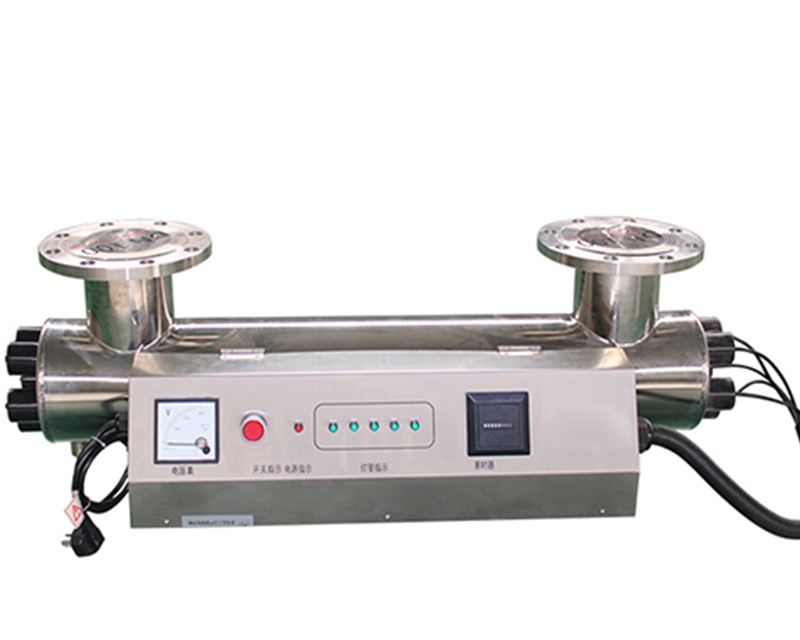1. Short time and fast speed
Conventional thermal sterilization is to transfer heat from the food surface to the inside through heat conduction, convection or radiation. It often takes a long time to reach the sterilization temperature. Microwave sterilization The microwave energy directly interacts with food, bacteria and other microorganisms. The thermal effect and non thermal effect work together to achieve the purpose of rapid temperature rise and sterilization. The processing time is greatly shortened. The sterilization of various materials is generally 3-5 minutes.
2. Low temperature sterilization to maintain nutrients and traditional flavor
Microwave sterilization is to sterilize through special thermal and non thermal effects. Compared with conventional thermal sterilization, it can achieve the required sterilization effect at a relatively low temperature and in a relatively short time. Generally, the sterilization temperature is 75-80 ℃, which can achieve the effect. In addition, the microwave processed food can retain more nutrients and flavors such as color, aroma, taste and shape, which has the puffing effect. For example, the vitamin C retained by vegetables under conventional heat treatment is 46% - 50%, while that under microwave treatment is 60% - 90%; The vitamin A retention rate of conventional heating pig liver was 58%, while that of microwave heating was 84%.
3. Energy conservation
Conventional thermal sterilization often has heat loss in the environment and equipment, while microwave directly acts on food, so there is no additional heat loss. In contrast, it can generally save 30% - 50% electricity.


